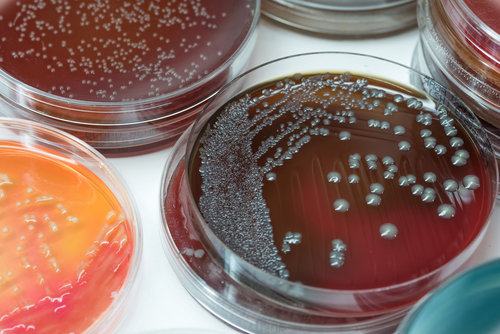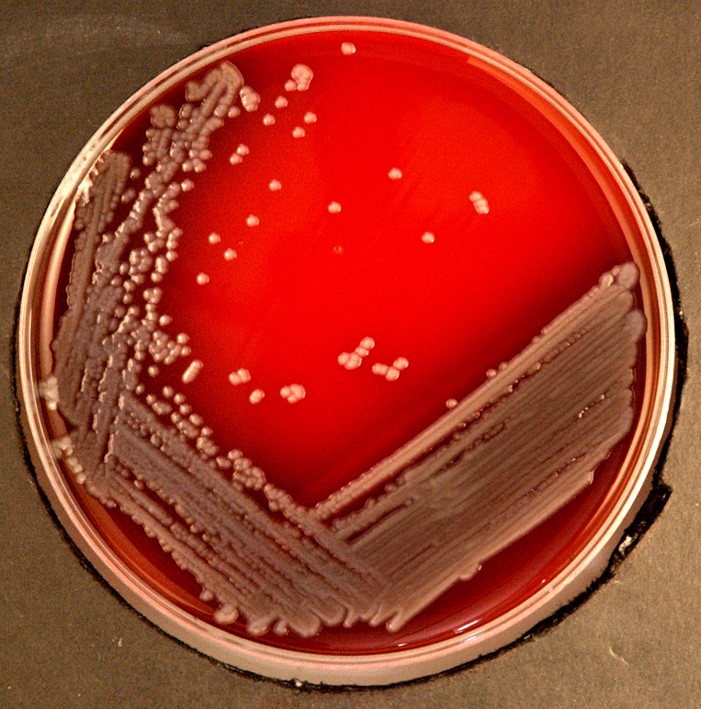General culture medium is one of the most commonly used laboratory culture mediums, which is rich in nutrients, and for this reason, different types of bacteria and microorganisms can grow in it. In the next article, we will introduce the general cultivation environment along with a brief description of the types of cultivation environments.

In general, culture medium is an environment in which microorganisms are allowed to grow. This environment provides conditions for microorganisms to grow well. Culture mediums contain nutrients such as vitamins, proteins, sugars, etc., which are necessary for the growth of microorganisms. Also, the pH of these environments is very sensitive and it is necessary to remain in fixed and specific values.
The cultivation environment has different types, the most important categories of which are listed below:

General culture environments are simple environments whose components are usually simpler than other culture environments. These environments do not limit the growth of bacteria and cells, and all kinds of bacteria and cells can grow on them. Also, these environments contain water and nutrients.
General culture mediums are used less for the growth and maintenance of microorganisms, and most of its uses are related to the primary isolation of cells or microorganisms. These culture media do not prevent the growth of any specific type of microorganisms.
